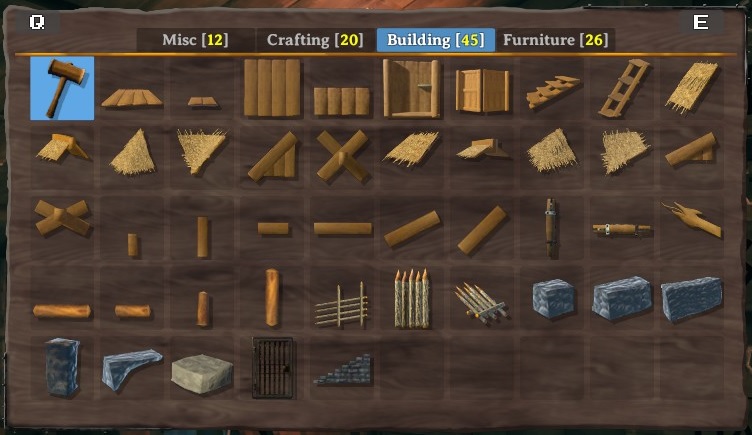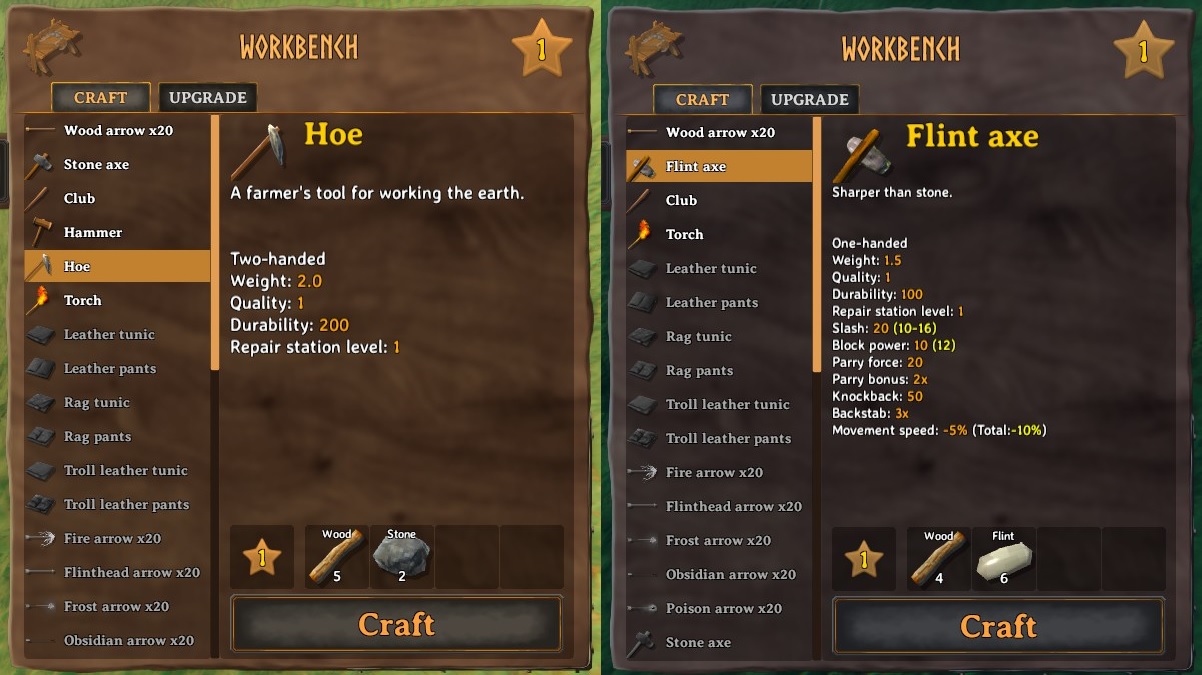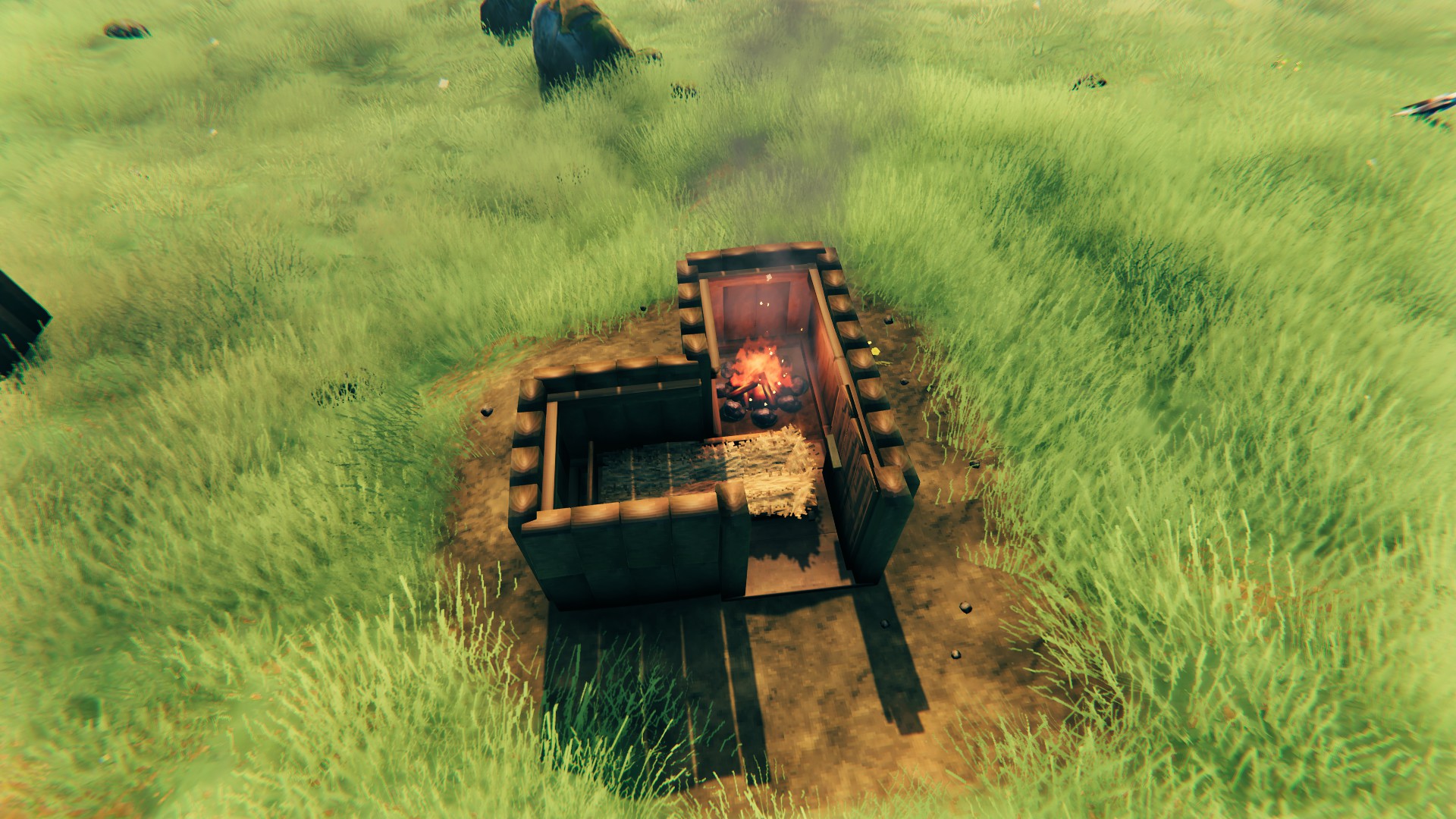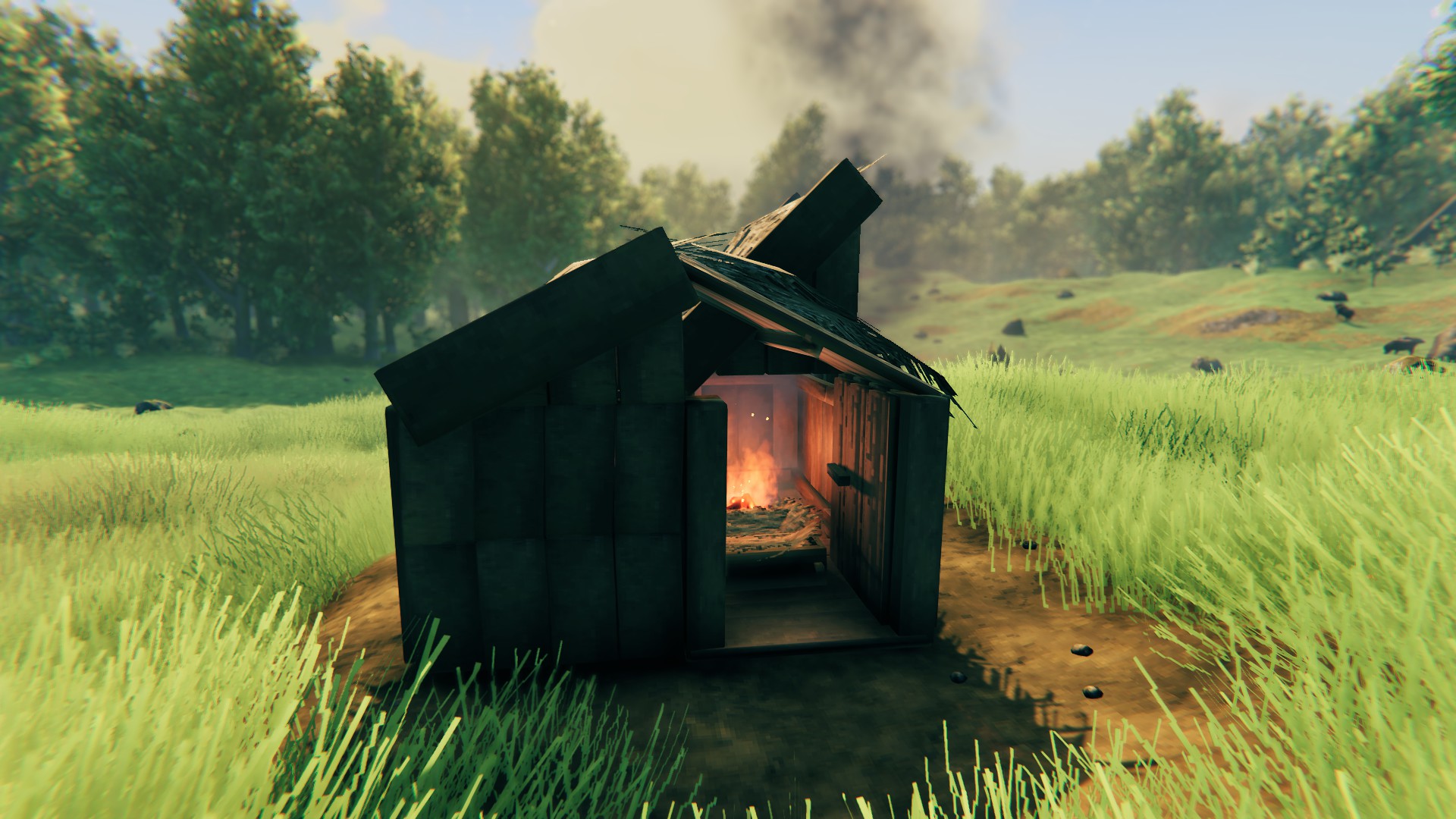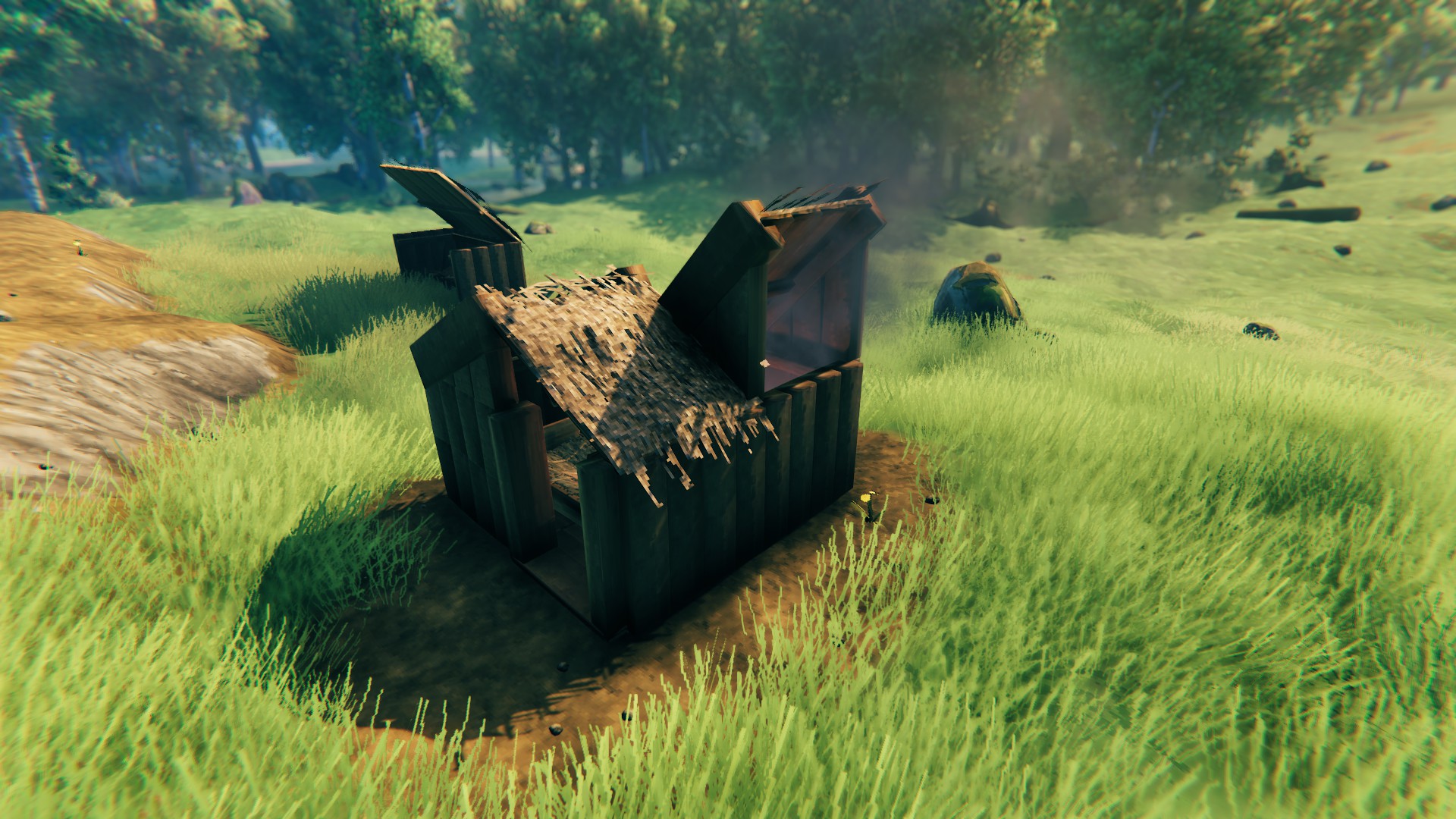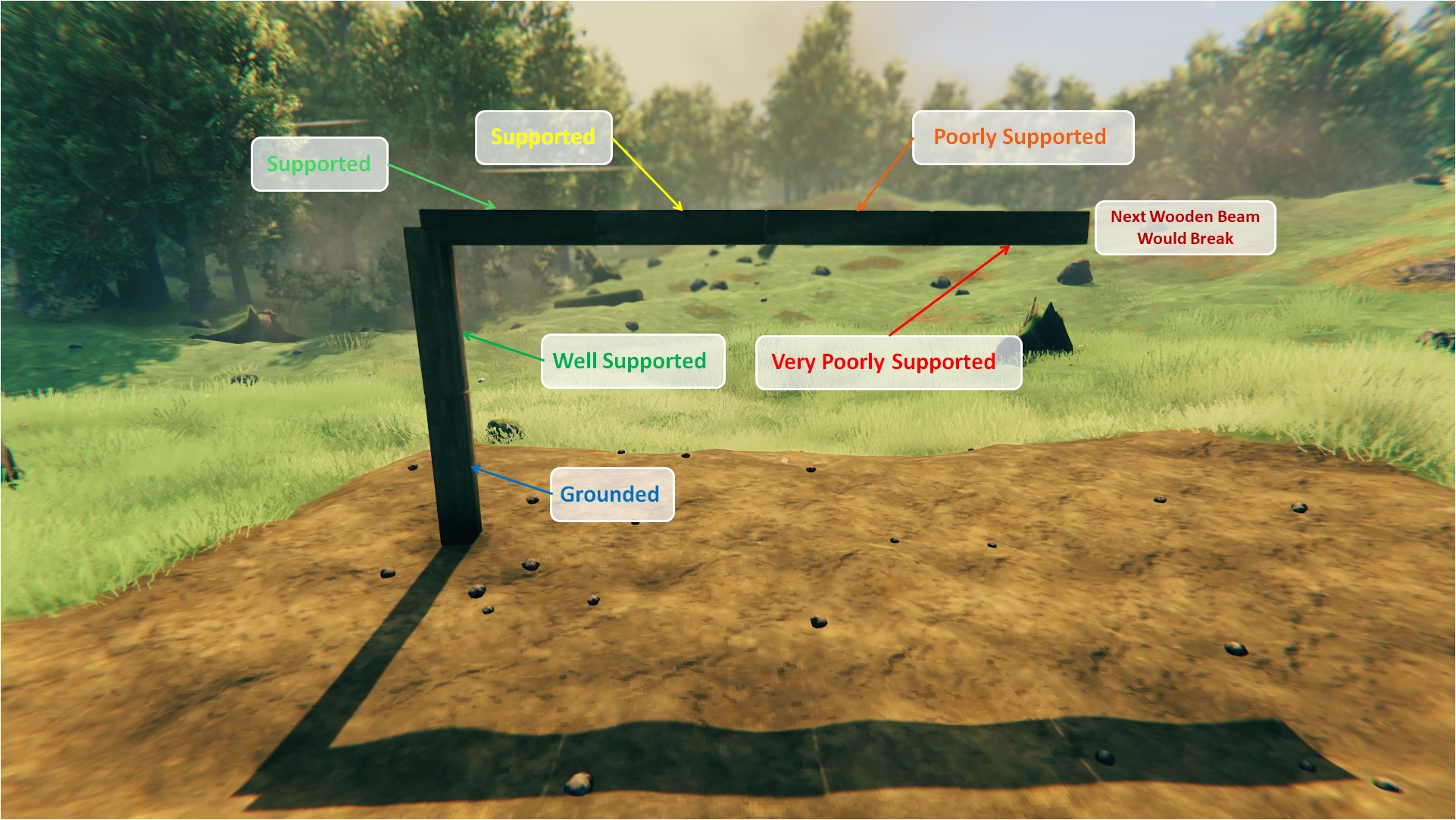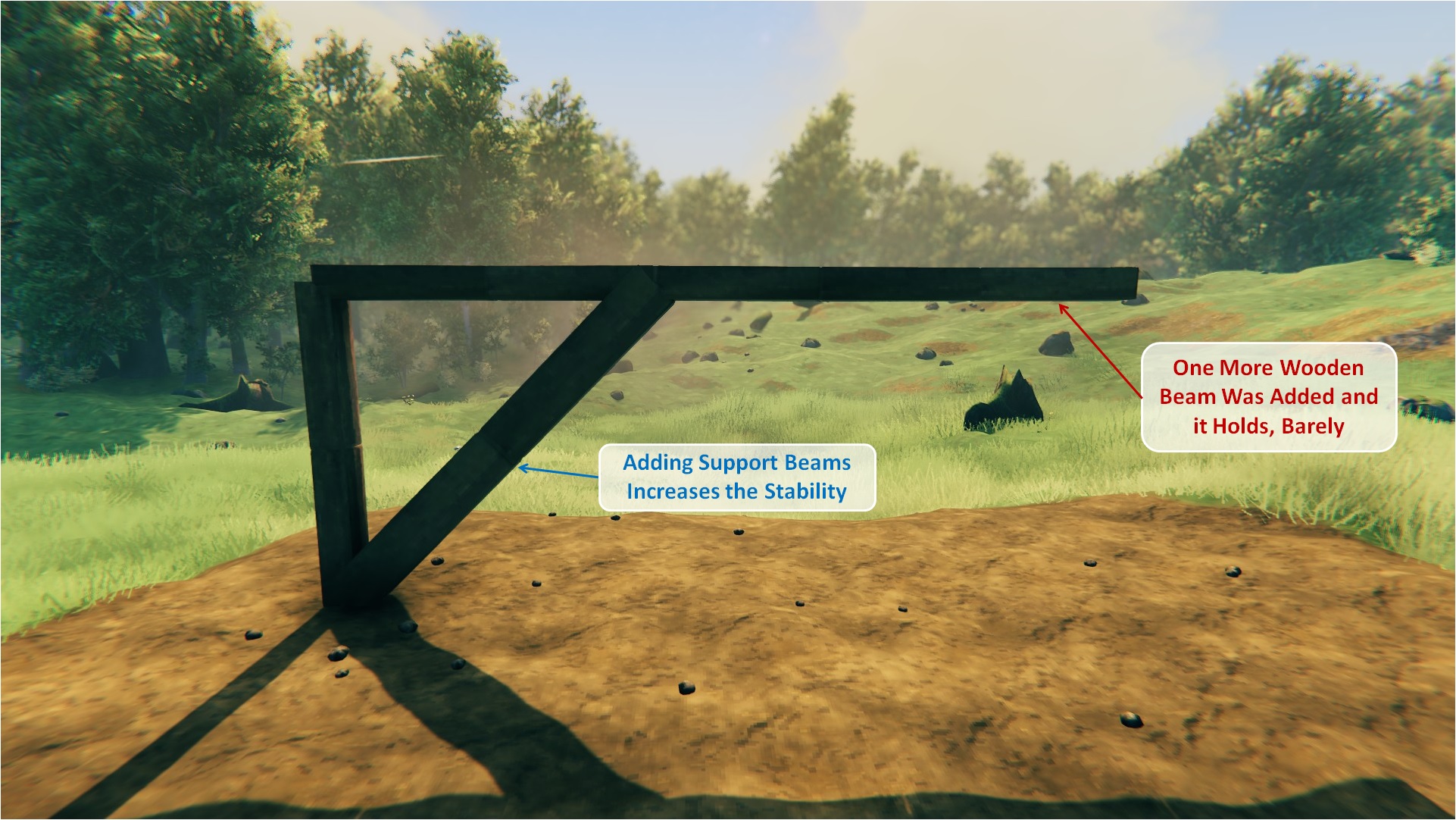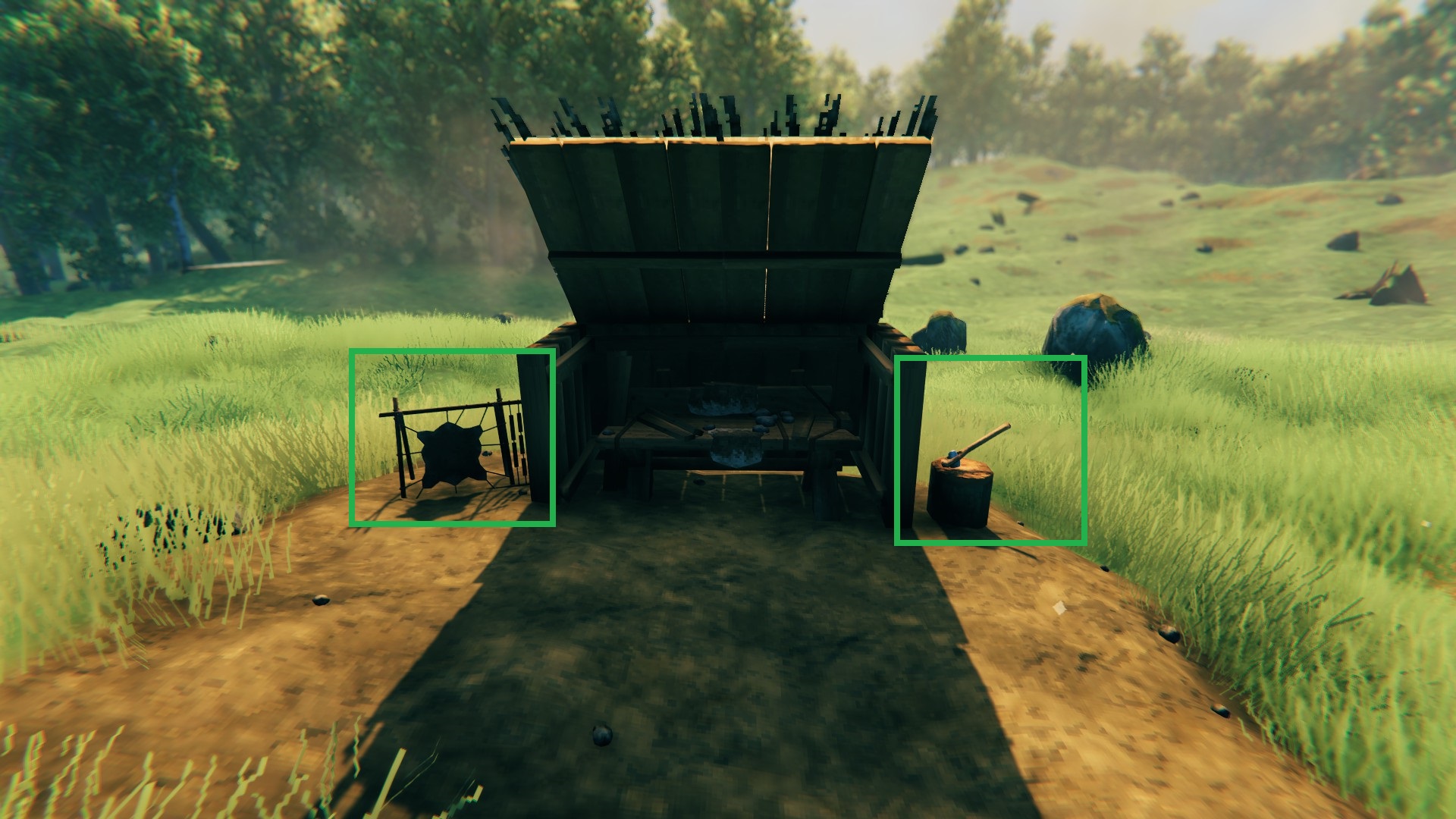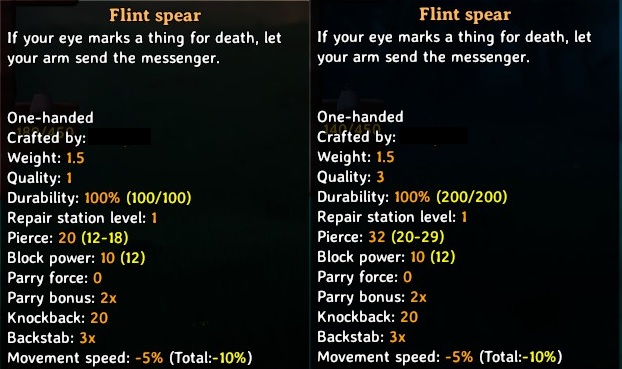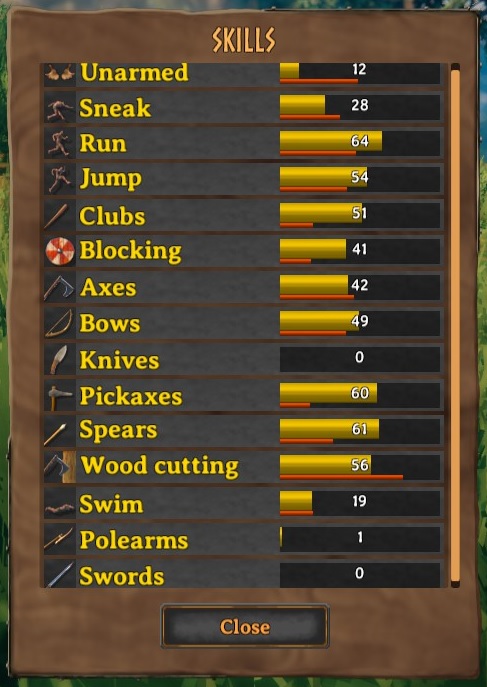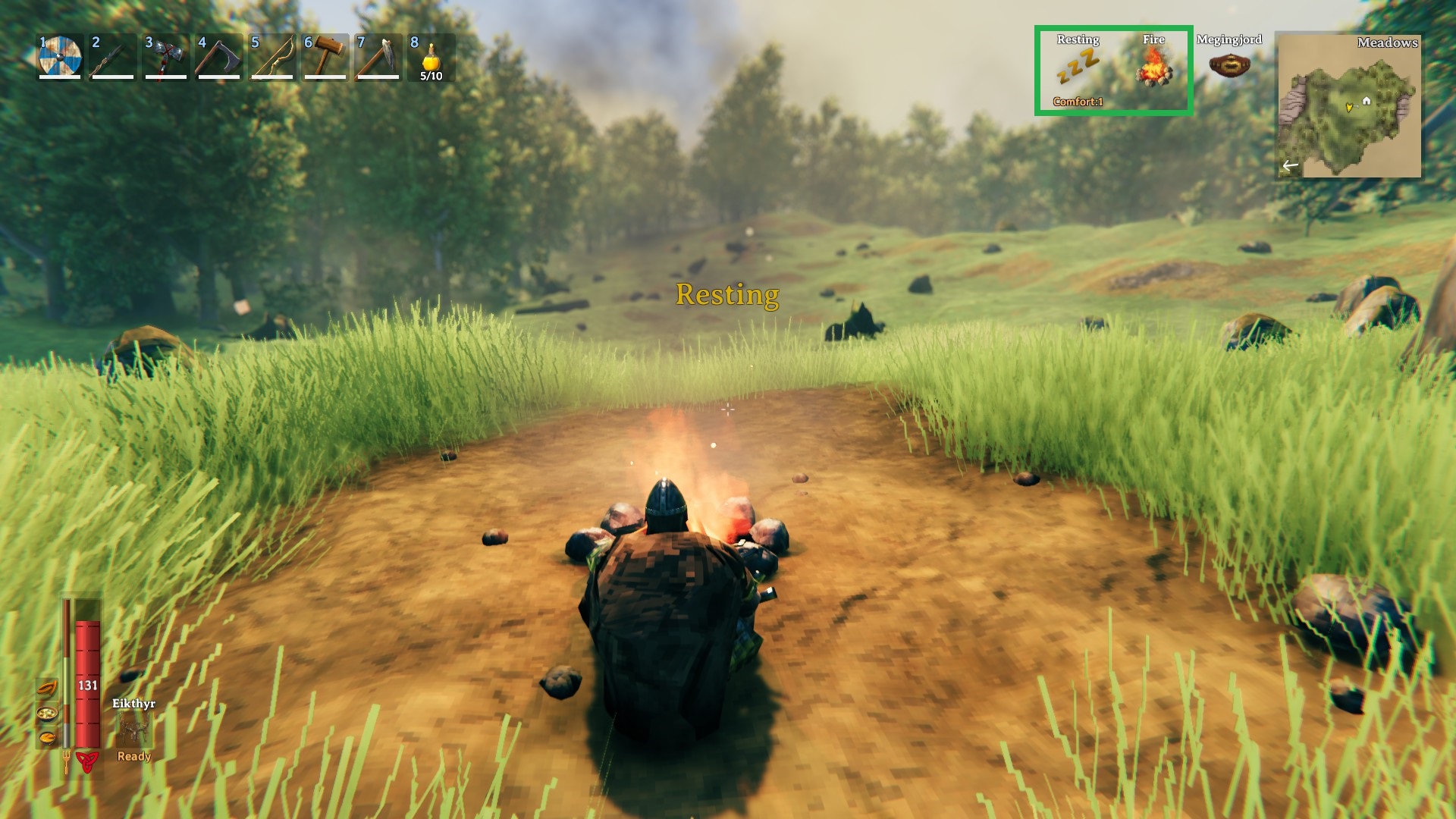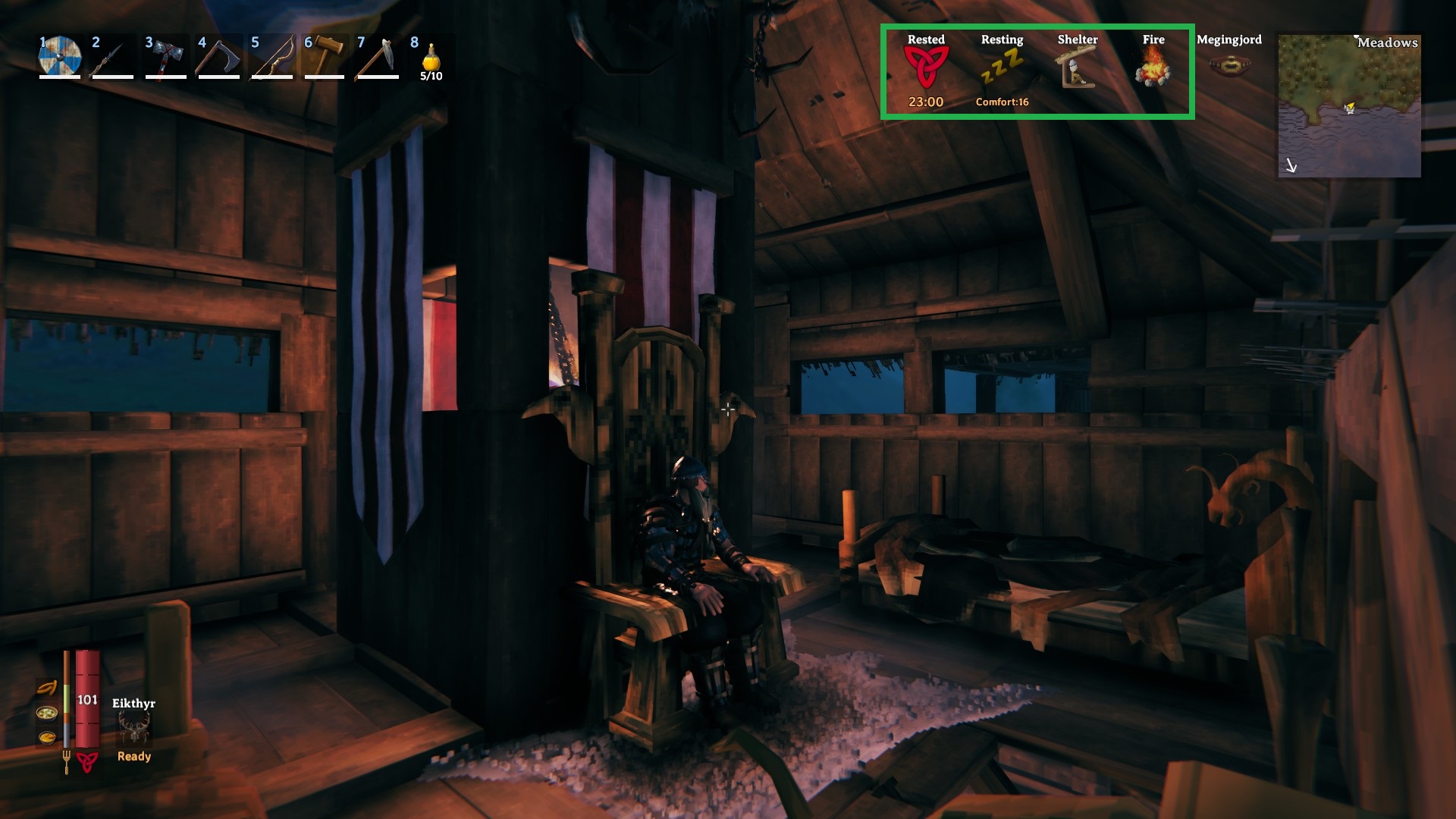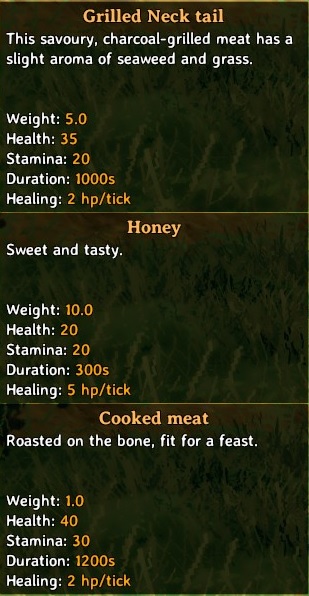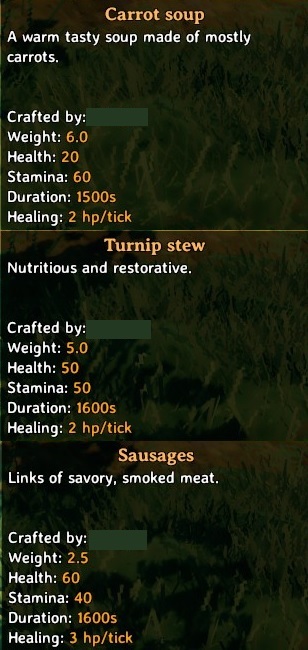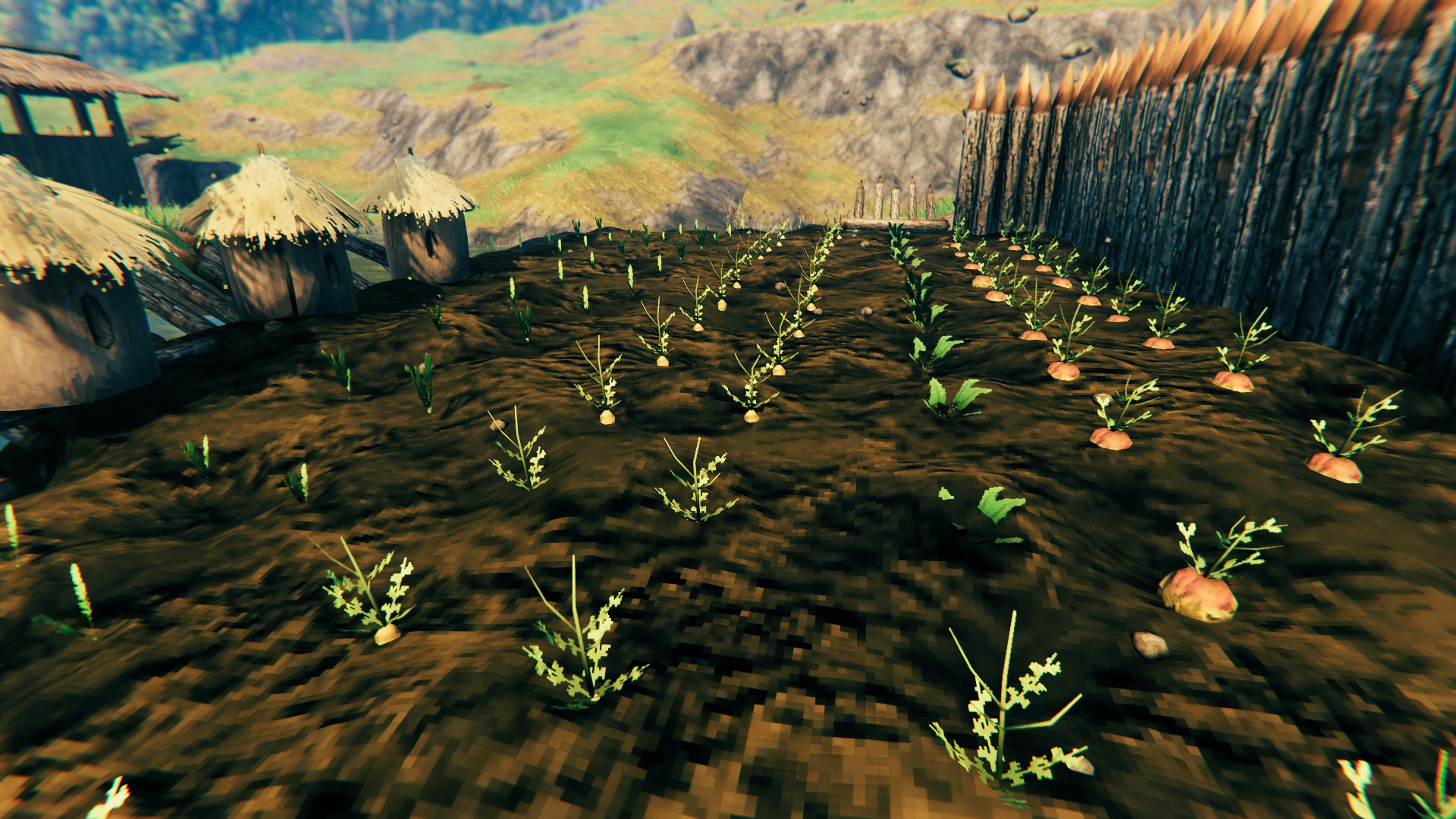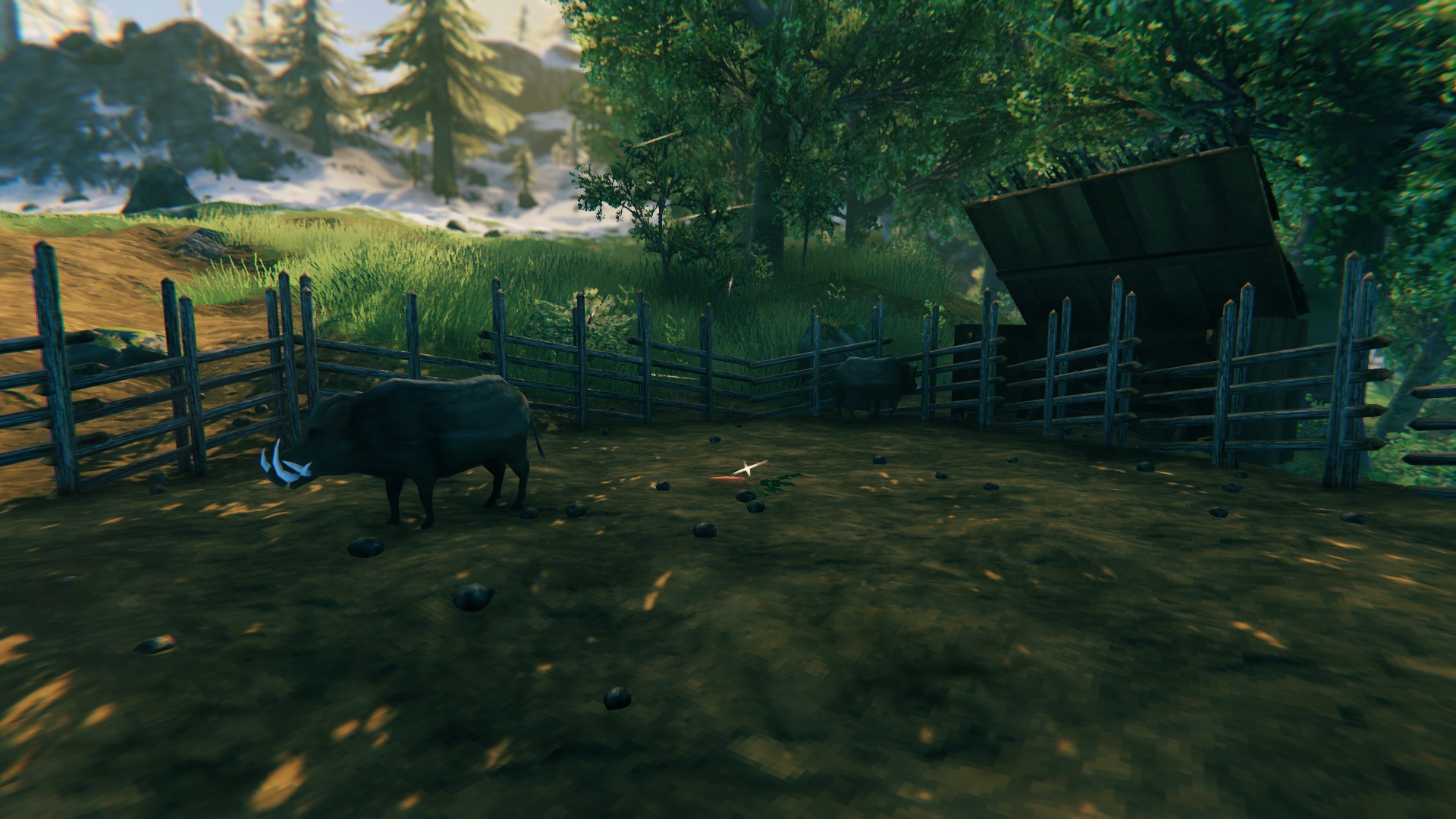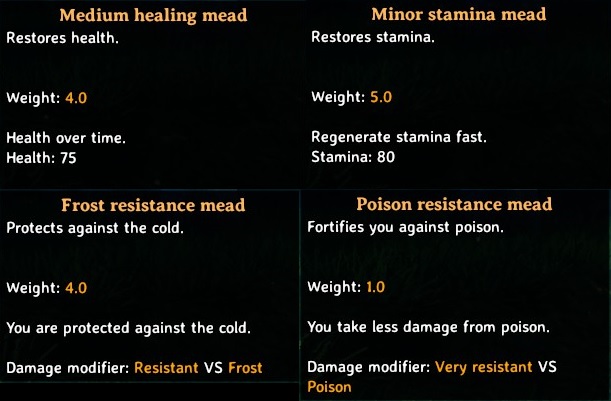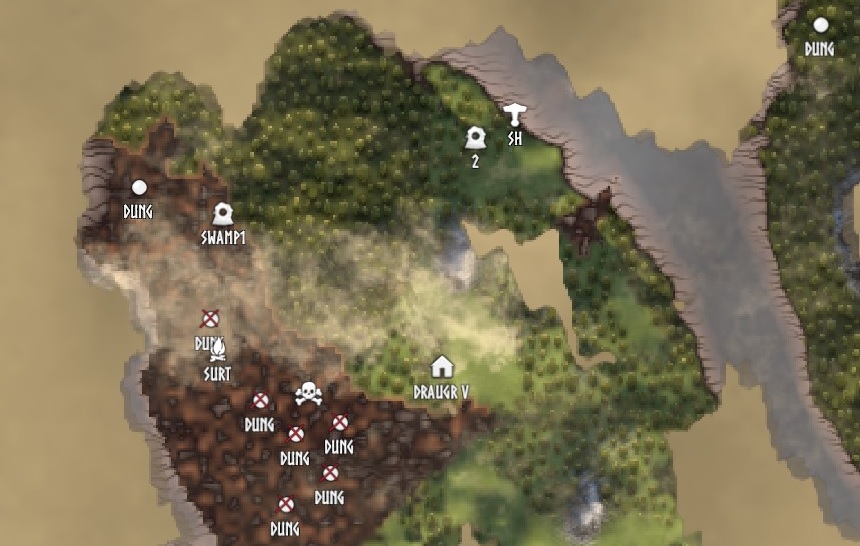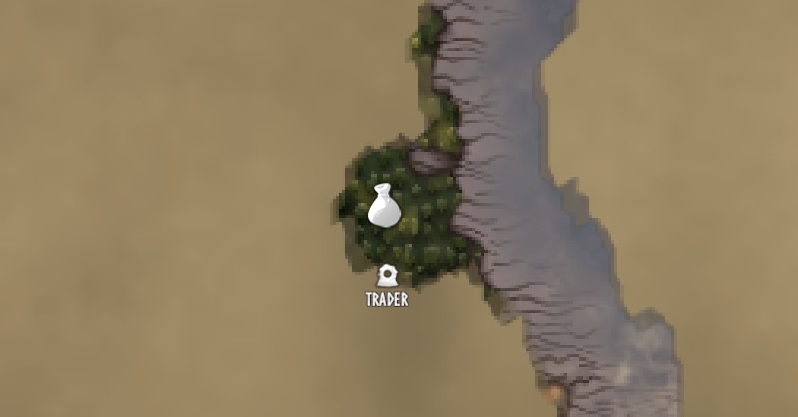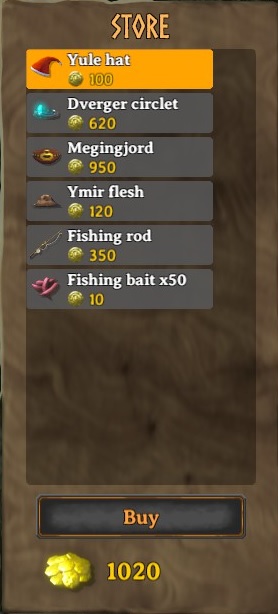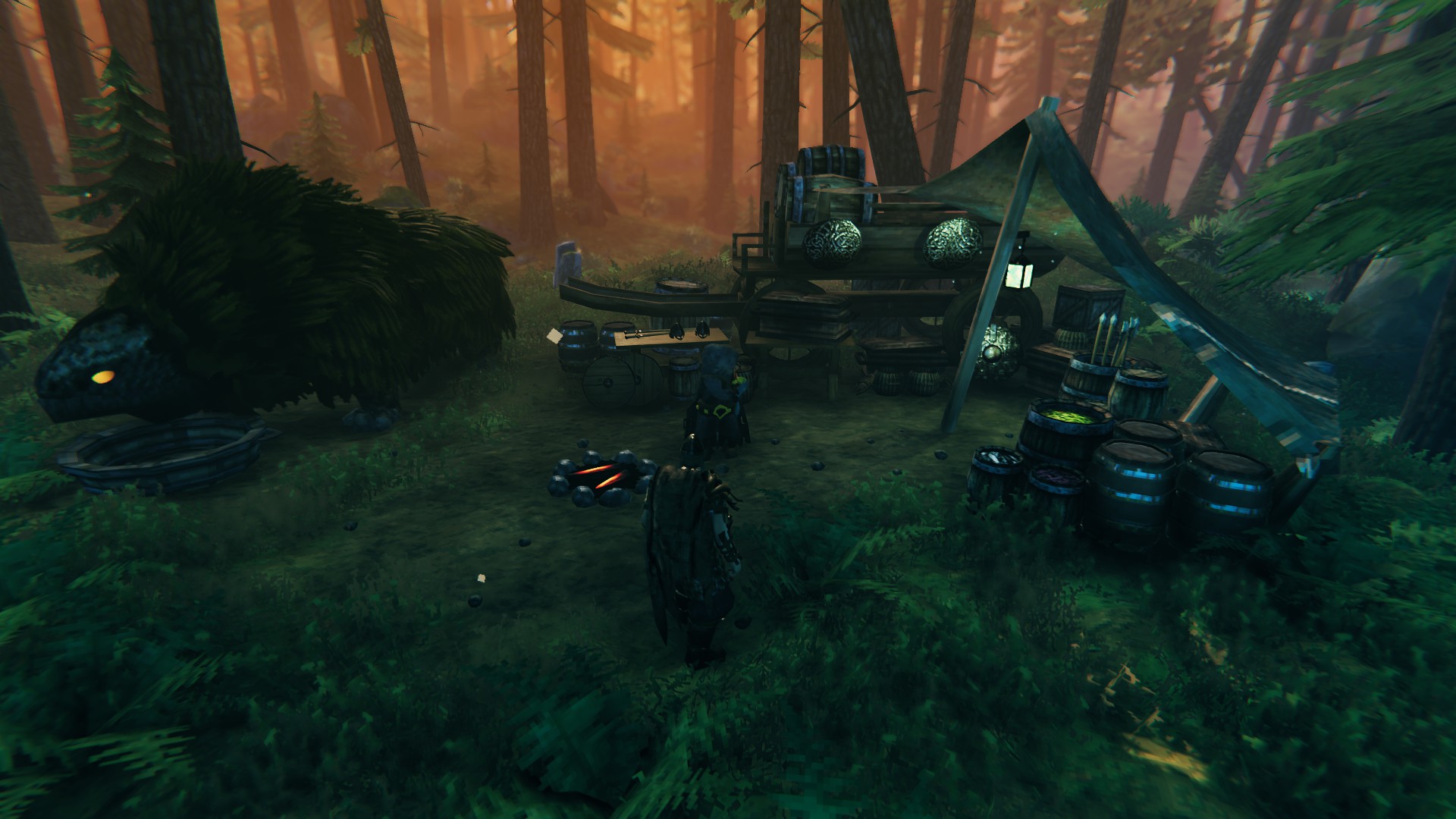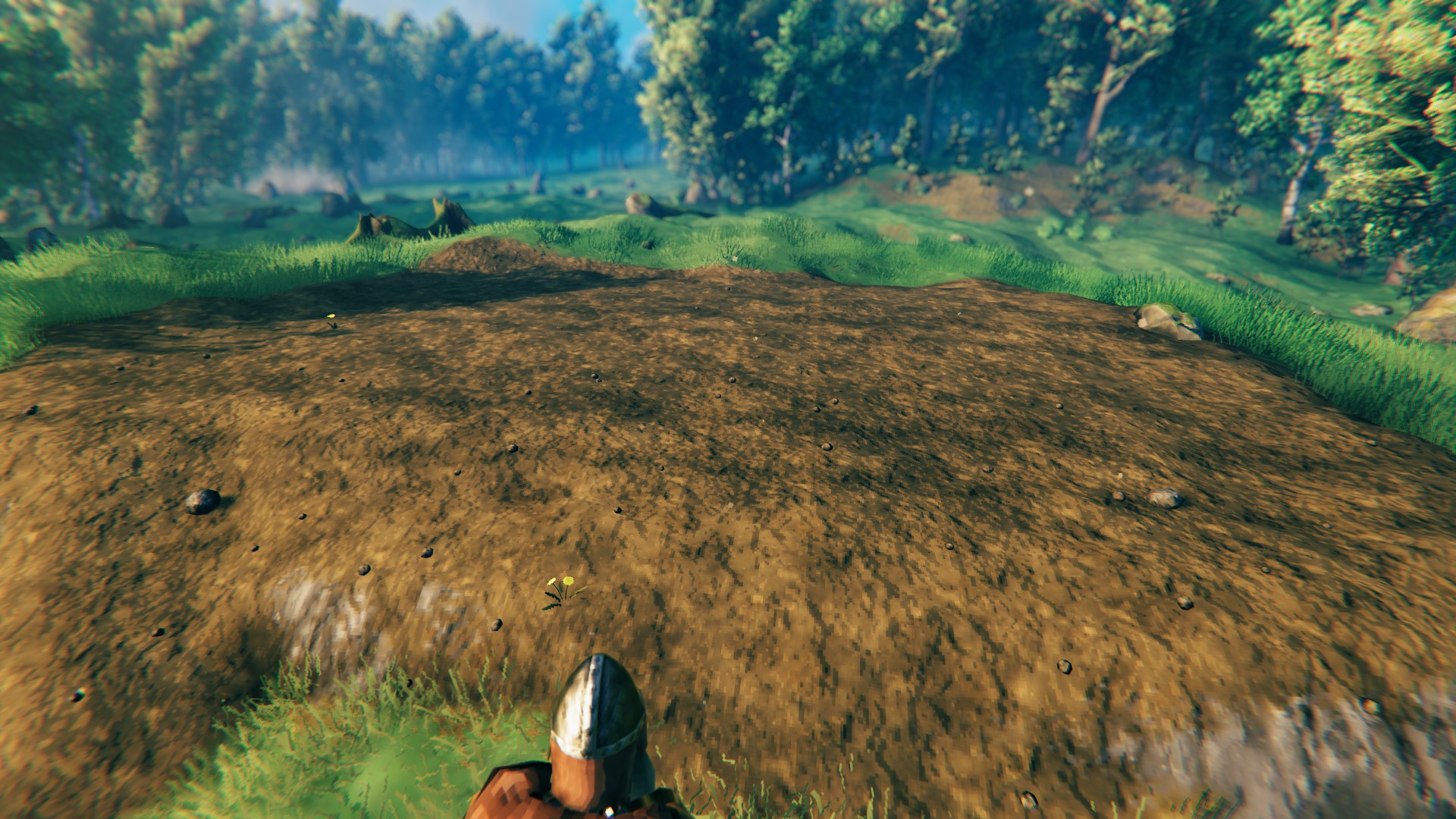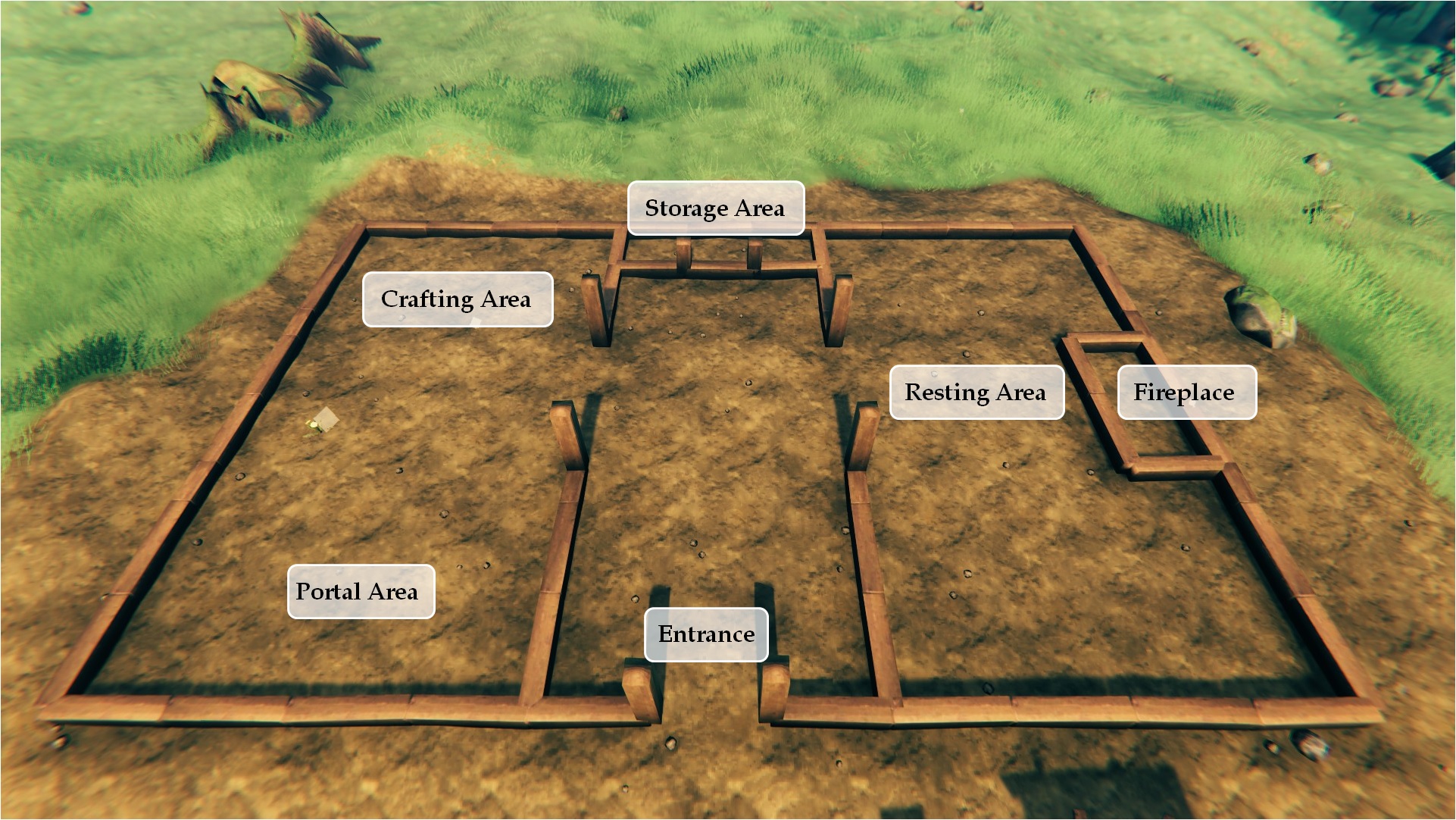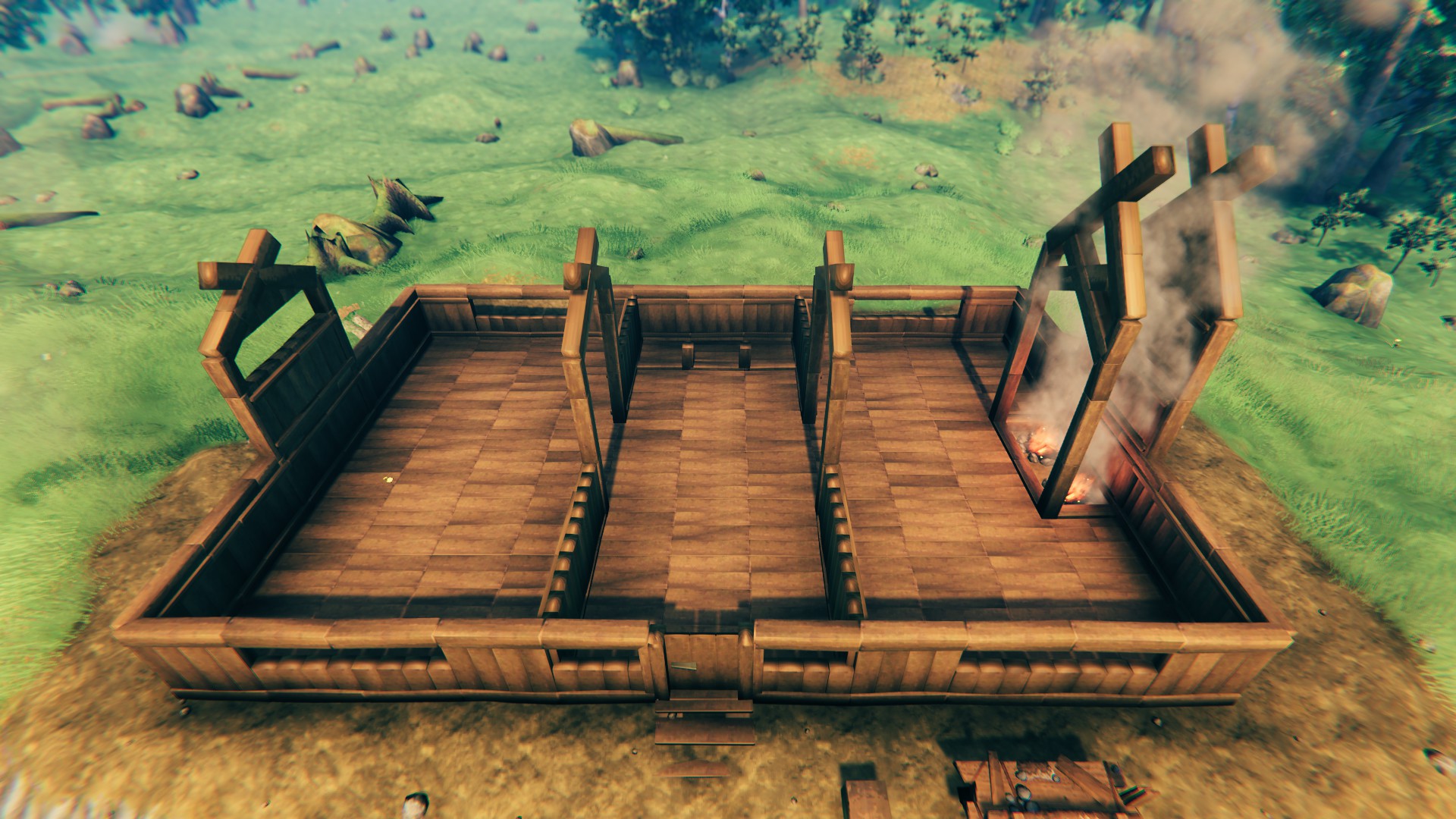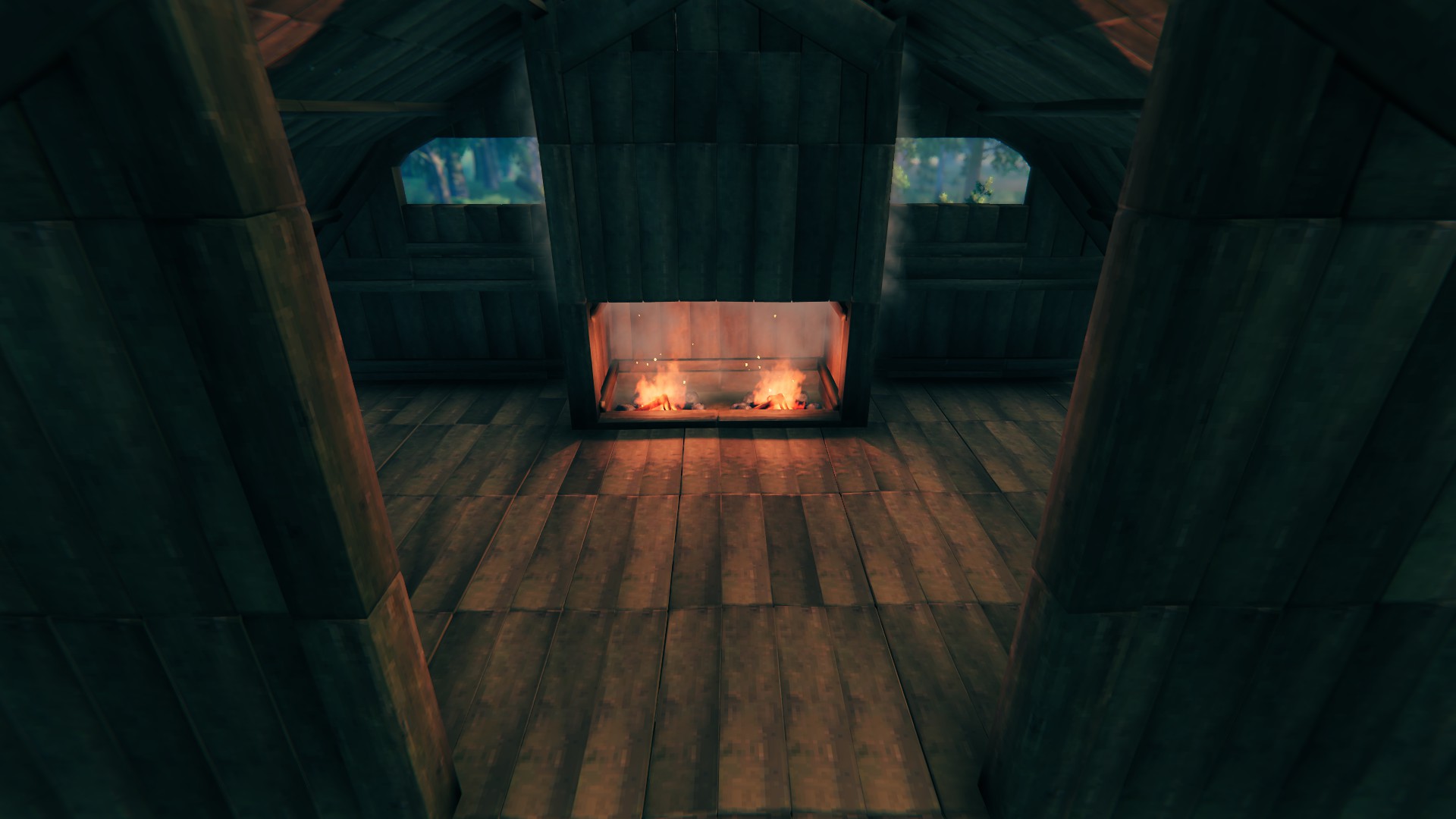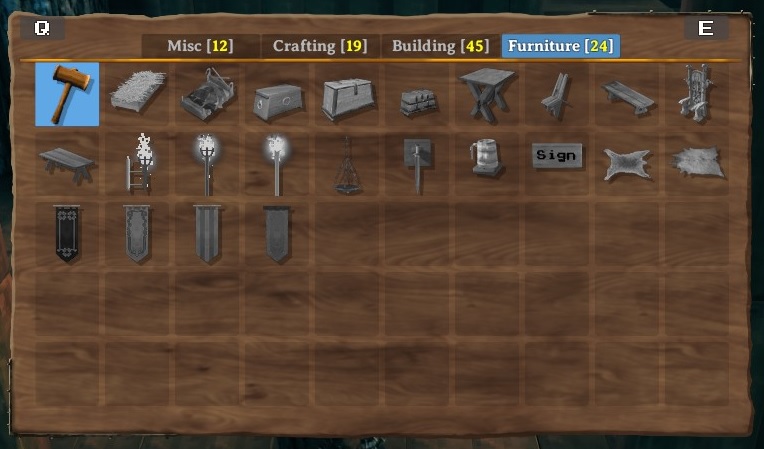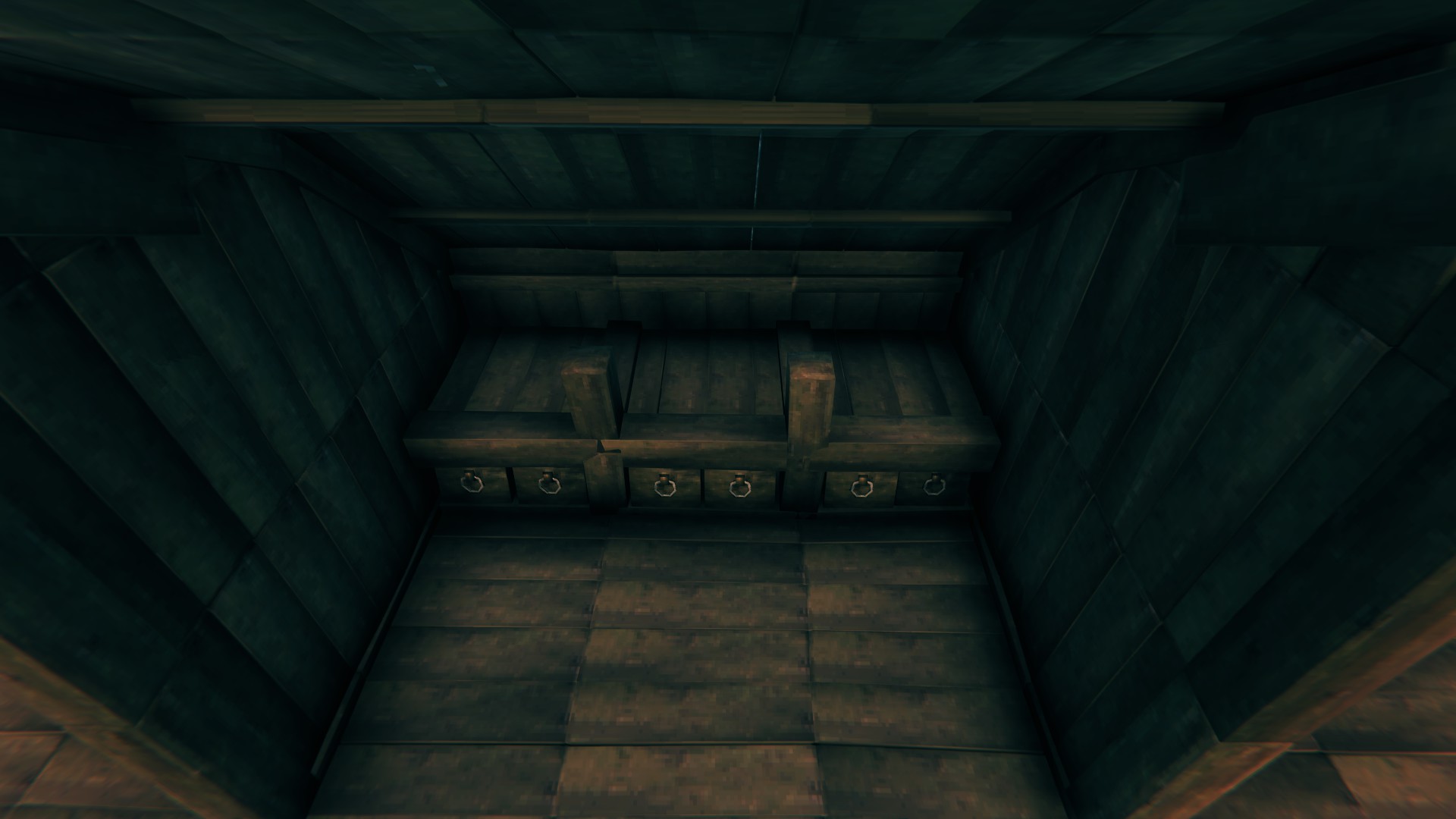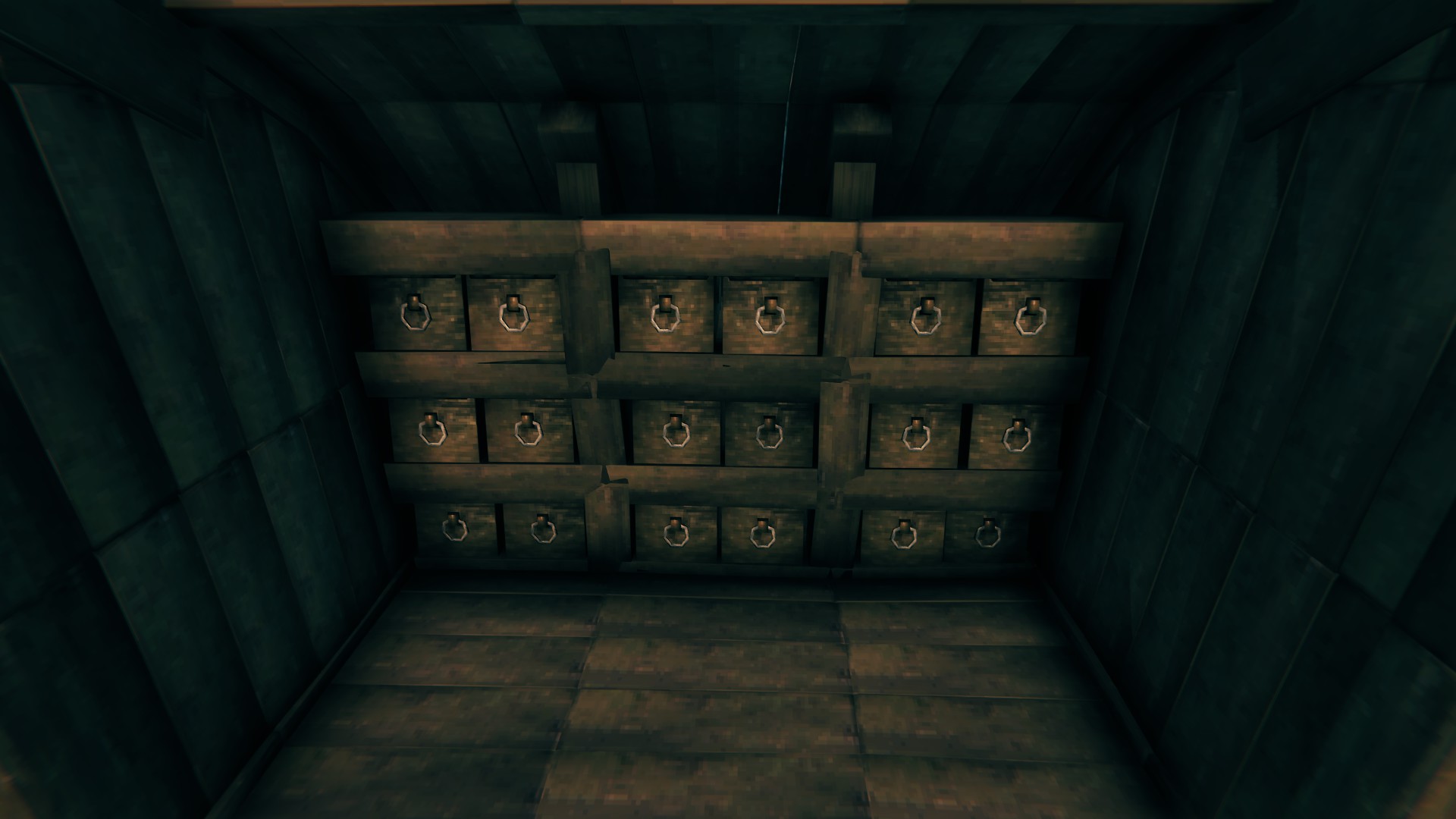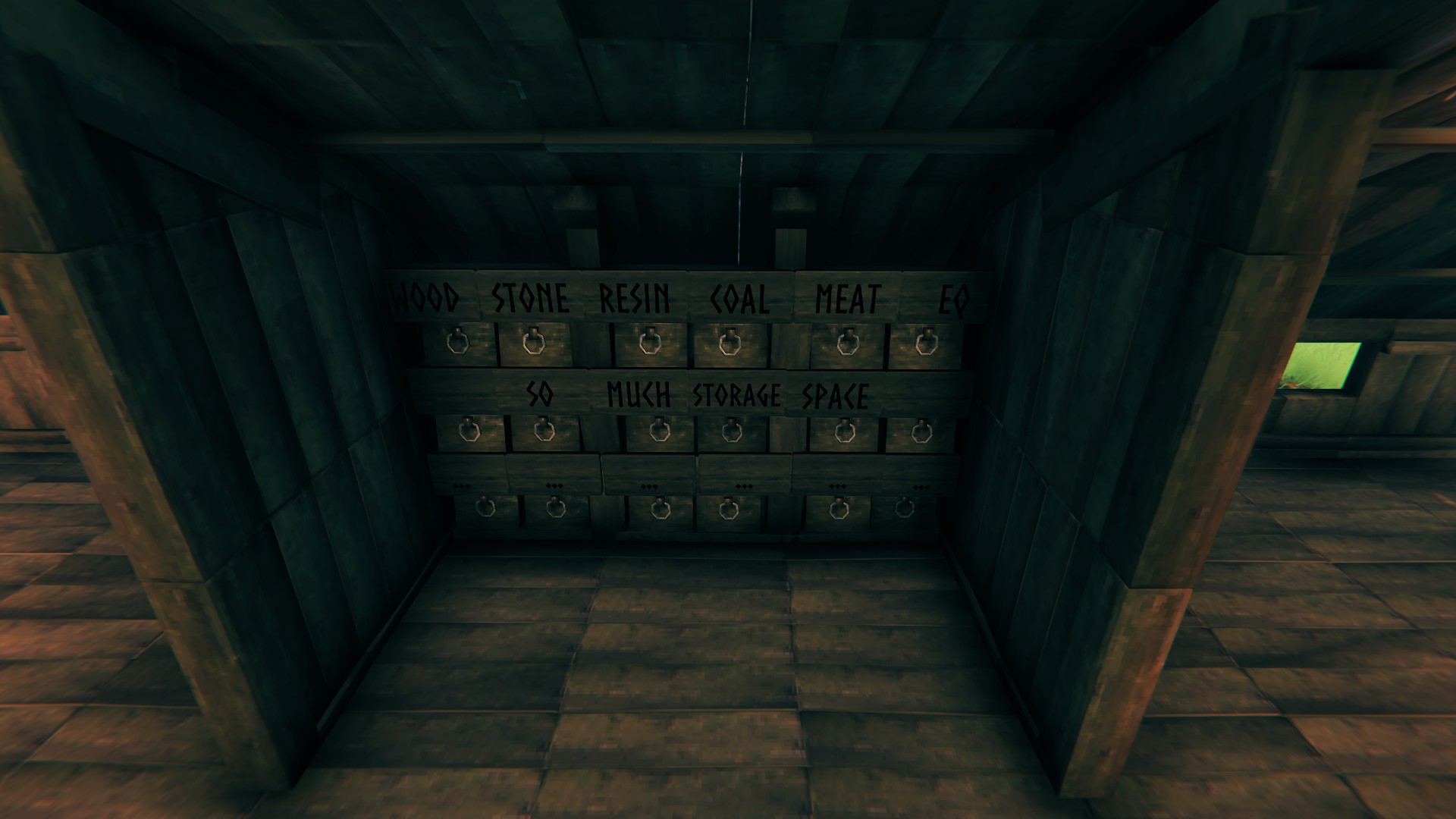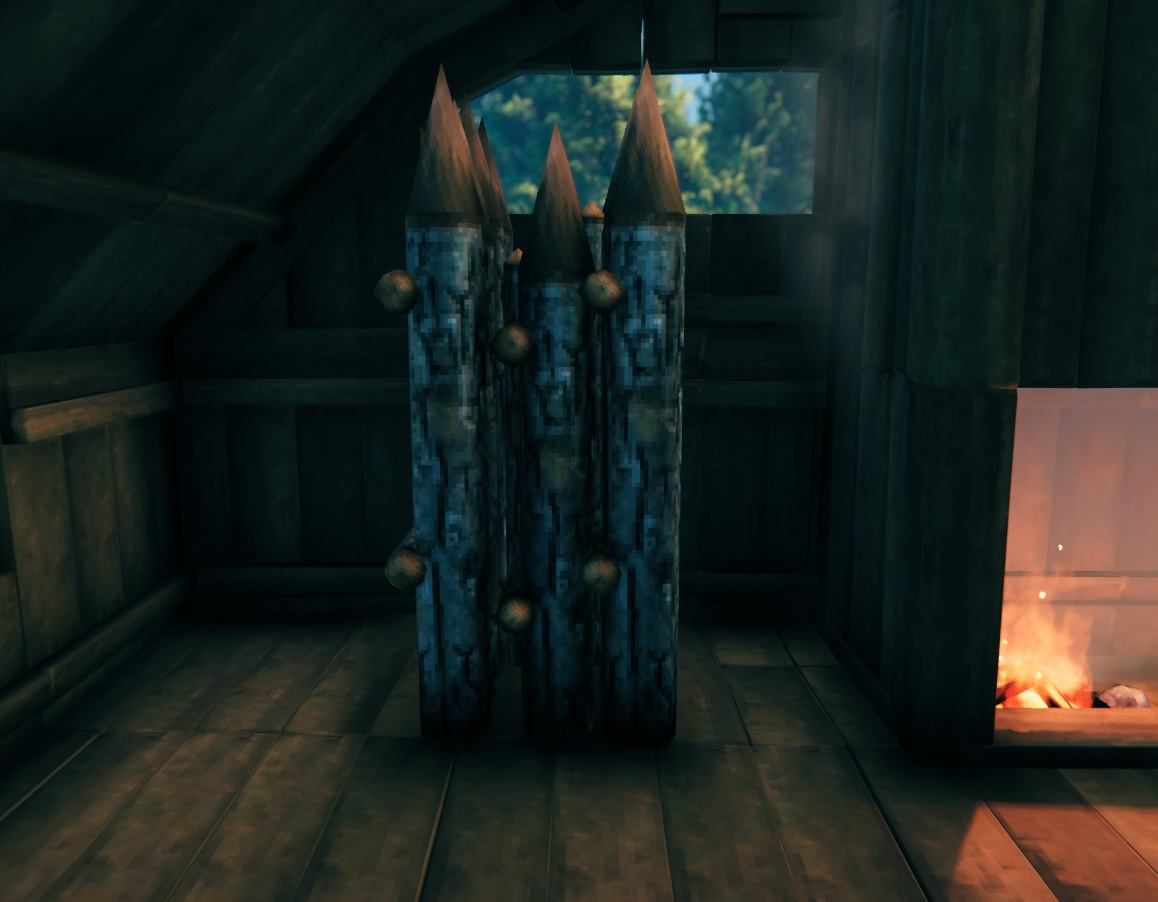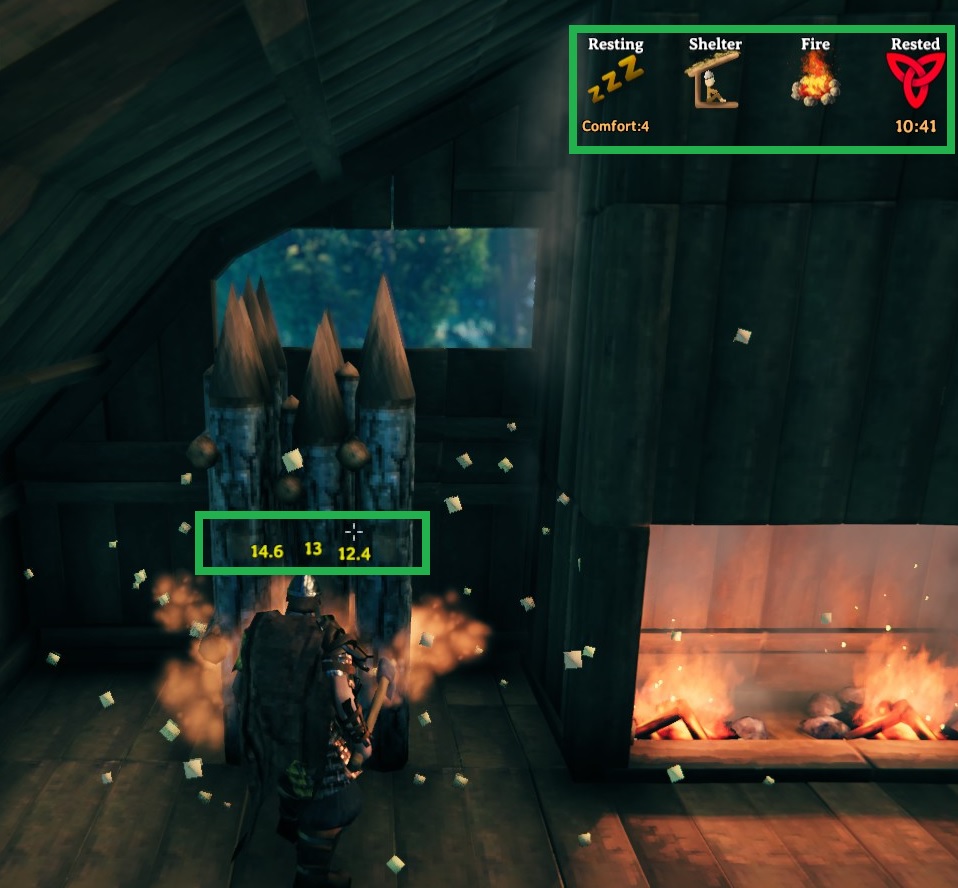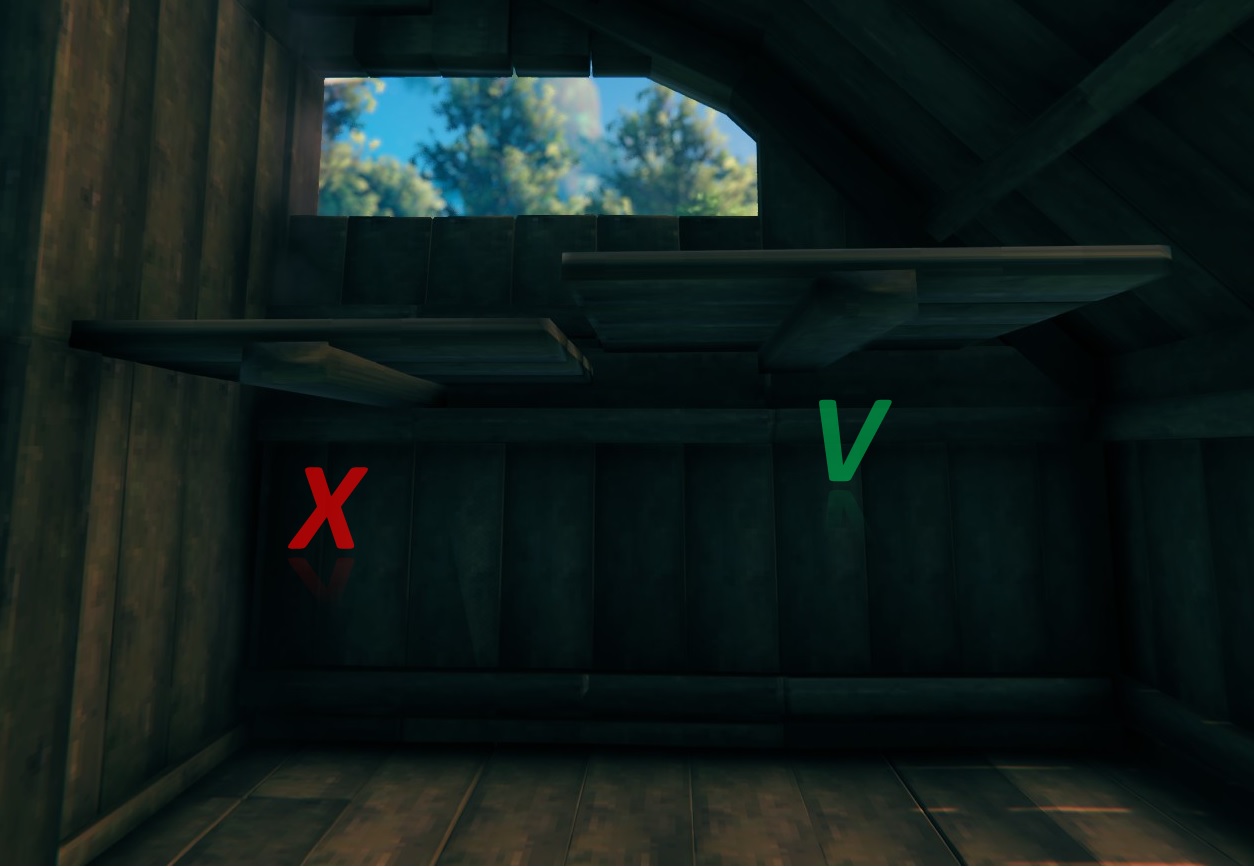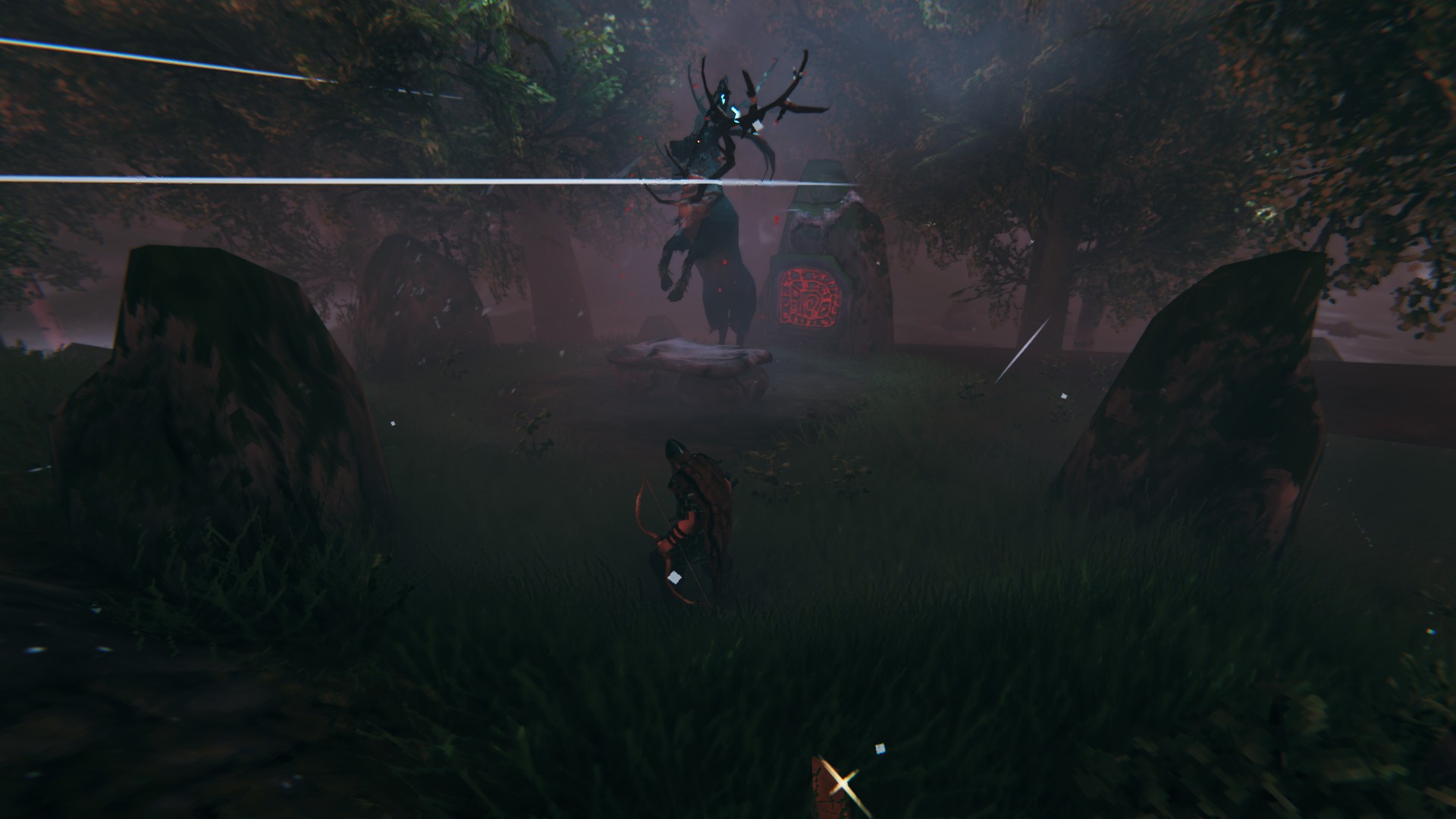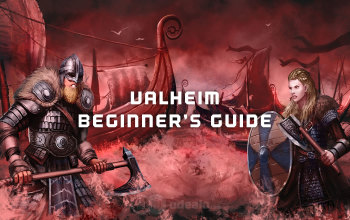
Valheim Beginner's Guide
A complete Beginner's Guide for Valheim newcomersConquer the 10th World
A Beginner's Guide to Valheim
Introduction
We can safely say that Valheim is one of our most favorite games of all time, despite it still being in the early access. We've played it quite a lot (we might have played it a bit too much, in fact) and we've learned quite a few things about it in the process. Today, we want to share this knowledge with you, so your start in this great game is smooth and enjoyable.
Note: Left-Clicking the images will open their full-size versions in new tabs.
Valheim Beginner's Compendium
In this section, you will learn about the basics of survival in Valheim. In some cases, we will go into quite a lot of detail but we think it's necessary as complete knowledge is the best kind of knowledge. Moreover, some of the points might seem redundant and self-explanatory to Players who have played the game already, but we'd assumed that completely green Players will read this article as well. Because of this, we've decided to cover the absolute basics too (it's a Beginner's Guide after all).
Tip: You can skip the new Character introduction (being carried to Valheim by the Raven) by logging out immediately after the game loads. When you log back in, your character will be standing at the spawn point; The introduction gets boring after a while, so it's good to know.
|
Gathering Resources This is the first thing you will be doing after you enter the world of Valheim (and you will never stop - you will just transition to higher tier resources and better gathering tools). At the start, your main focus should be:
Important: About cutting larger trees with an Axe: Falling trees will damage You heavily, especially in the early game, if you don't wear solid armor - you can get one-shot by them (once you get ~40 Armor, trees don't hurt that badly). Keep this in mind while chopping down trees with an axe! Logs are the main cause of early game deaths - they are much more dangerous to your life than the wildlife in Meadows. Tip: Resources lay on the ground almost everywhere - stones, branches, and mushrooms are much more abundant than you might think. To spot them easier, head to Graphics Settings and turn Vegetation Quality Slider to Minimum. Doing this will prevent grass from rendering and make resources clearly visible; everything you see on the ground when using this trick is a resource you can pick up. If you don't like the look of the game without small vegetation, just turn the slider back to Maximum after you're done foraging. Tip: If you scare off a Deer, don't chase it - you won't catch it anyway. Assuming Sneaking Stance (default LCtrl) and waiting for it to return is a much better idea. Every mob in Valhaim will return to its spawning location once it breaks aggro/stops running away from you. The Deer should be back when you've found it in under a minute. You can re-try hunting it as many times as needed this way - it will always come back after a while, even if you've managed to wound it. |
|
Basic Crafting Once you gather some Wood and Stone, you will be able to craft some basic equipment. You should gather enough Wood and Stone to Craft a Hammer and a Stone Axe (8 Wood and 6 Stone). After you craft both of these, you will be able to harvest Wood much faster and construct your first Shelter. Note: Crafting the Club is not necessary as the Stone Axe doubles as a Weapon in addition to being capable of chopping down trees. |
|
| Note: You can access your Inventory and the basic Crafting window by pressing Tab - Inventory is located on the left and the Crafting Window on the right. Once you select an Item to Craft from the list, the required materials will be displayed right above the "Craft" button - if you miss any, they will flash red. | |
| Note: You start the game with a Torch. It is much more useful than you might think (More on that in the next section)! You can craft more Torches, through the basic crafting window, out of Wood and Resin. | |
|
Basics of Combat While gathering resources, you will definitely come across the Meadows' wildlife. Some of the creatures you encounter will flee once you get too close (Deers and Gulls in Meadows), but most of them will attack you on sight (Boars, Necks, and Greylings in Meadows). Moreover, some creatures are scared of fire and will flee from it; you can use this to your advantage by equipping a Torch (These include Boars, Greylings, Greydwarfs, and Necks). The enemies you encounter will sometimes be experienced; there are three tiers of enemies - 0, 1, and 2-Stared. Each Star increases the Enemy's Damage by 50 % and doubles its Health, for example:
Note: Experienced enemies also drop more loot; 1-Stared double the amount and 2-Stared triple the amount. Valheim's Combat System is quite simple and very intuitive once you get used to it:
Important: Using Actions (Sprinting, Jumping, Parrying, Blocking, Dodging, and Attacking) will drain your Stamina - indicated by the yellow bar displayed on the screen each time you use an Action. Because of this, spamming actions is generally a bad idea - combat in Valheim is all about proper Stamina management (You can learn more about Stamina in the "Food, Health, and Stamina" Section). *Spears can be thrown, Swords can be used to Stun enemies, Maces can perform a slower but more powerful swing, Atgeirs can be used to perform a-360-degrees-AoE-swiping-attack, Knives have a built-in jump attack, and Two-Handed Axes have a forward stab that consumes less Stamina than their normal attack. **Parry is performed by pressing and holding the Block button just before an enemy attack would connect with you. A successful Parry is indicated by a bashing sound and a red visual effect (regular blocks are indicated with white visuals) and will result in the Enemy being stunned and pushed back (distance is indicated by the Parry Force). While Stunned, Enemies receive Double Damage. All Weapons and Round Shields (Tower Shields can't be used to Parry attacks) can be used to Parry incoming attacks. Moreover, maximum Damage blocked with a Parry is higher than maximum damage blocked with a regular Block (the difference is calculated by multiplying the Block Value of a Shield/Weapon by its Parry Bonus). Note: You can Parry Ranged Attacks as well! Doing this is quite tricky at times, but a successful Parry will Stun the shooter just like it would Stun an enemy in melee. Tip: Many attacks can be dodged by simply walking away from the enemy. ***While you are Sneaking, your standard crosshair is replaced by the detection indicator. The indicator resembles a closed eye; the more it opens, the closer you are to being detected. Attacks performed while undetected deal bonus damage (you can hack the Critical Multiplier in weapons' tooltips). Note: Sneaking up to Deers and stealthy taking them down is the easiest early-game tactic for hunting them before you craft a Crude Bow (they don't run out of Stamina while Sprinting and You do, so chasing them around is not the best of ideas). Damage Types and Resistances Different types of Weapons deal different types of Damage:
Some Ennemies you encounter in Valheim have strengths and weaknesses. For example, Greydwarfs are susceptible to Fire Damage and Skeletons are resistant to Pierce Damage. You can identify whether an enemy is weak or resistant against a damage type by the color in which the Damage is displayed:
|
|
Status Effects During your journeys in Valheim, you will fall under the effects of various positive and negative modifiers that will affect your character in different ways. Some of these modifiers are applied for a specific time while others are semi-permanent and last for as long as certain conditions are met. There are 14 different effects in the game but this number is very likely to increase as the game gets updated. We will not list all of them here - you can check what each of them does once they are applied to you in-game. Instead, we will mention a few, you should pay close attention to:
|
Building Your First Serious Base
In this section, we will show you how to build a rather simple, yet spacious and practical Base that will house not only a bed and a campfire but also dedicated crafting, storage, portal, and leisure areas.
Training Your Skills Efficiently
Here, we will share our method of increasing Skills with you. It is a variation of the well-known "rock" method, tailored for the early game (it does not require you to build any additional structures and allows you to train in your main base.
Your First Boss Fights
Here, we will give you some tips on how to defeat the first two Bosses easily.
|
END NOTE If Valheim's early game causes you problems, this guide should help. We know that it's quite long, but there's always the search option (ctrl+f)! We hope that you have found this guide useful and informative. If you liked it and want us to add more guides such as this one, please let us know! Also, we will be happy to receive constructive criticism that will help us improve our future work so leave your suggestions in the comments section below. |
All Screenshots used in this article were taken in the game "Valheim", Developed by Iron Gate Studio and published by Coffee Stain Publishing. You can learn even more about the game on its official website, HERE.

